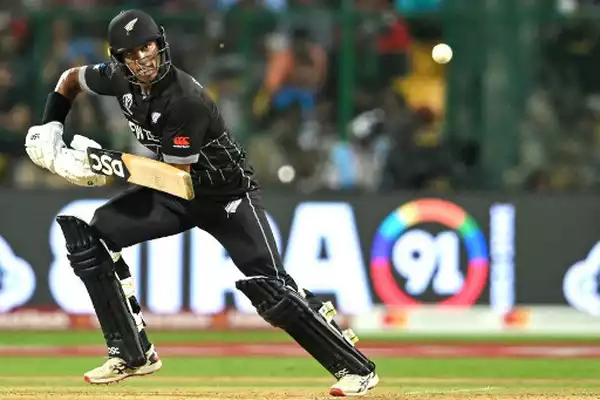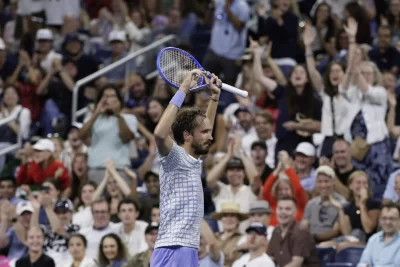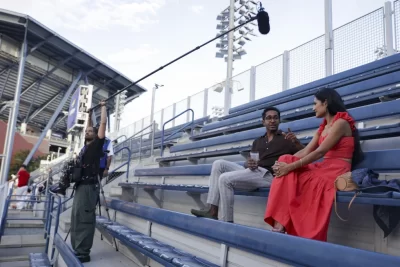
When the dust settles…
For a team that had its regular captain injured for more than half the campaign, and its gun fast bowler back home with a torn hamstring towards the end of it, New Zealand fared remarkably well. To then make the semi-final, and do it at a World Cup where most teams have found India’s constantly changing conditions difficult to adapt to, was a testament to how consistently good they have been over the last few years. What if they couldn’t make it to their third World Cup final on the trot, it was a campaign that New Zealand can be incredibly proud of.
The “smart” and “disciplined” cricket that Rohit Sharma and India were wary of in the semi-final was exactly what drove New Zealand into the knockouts. Four of their five wins in the league stage came against lower-seeded Netherlands, Bangladesh, Afghanistan and Sri Lanka; and the massive nature of those wins meant that the Net Run Rate was always a friend. Of course having an easy schedule helped, for playing back-to-back games in Chennai, Dharamsala and Bengaluru enabled them to deal with multiple player injuries and make sense of tricky conditions more efficiently.
The end came at the hands of India, a team they’ve had a measure of in the past but a team that’s also been the best in this tournament by some distance. There’s no shame in going out like that.
A match they’d gladly re-watch the highlights of
It has to be their opening match against England in Ahmedabad. The narrative revolved around picking the threads from the “greatest ever match” four years ago, but if New Zealand had lost it at Lord’s by the barest of margin, they won it here in Ahmedabad by a country mile. Stand-in skipper Tom Latham marshalled his part-timers with aplomb before Rachin Ravindra and Devon Conway played against England like England perhaps wished to play like all tournament.
A match they would have loved to replay immediately
It has to be that five-run loss in Dharamsala against Australia. Chasing 389, New Zealand needed 19 runs off the last over, had an in-form Jimmy Neesham at the crease and only had four fielders outside the ring to contend with because Australia were behind the over-rate. Yet, Mitchell Starc and Australia found a way past them and it is surely a match that New Zealand would want to revisit and pick two points out of.
An performance to remember
Daryl Mitchell’s 134 in the semi-final. It was the second hundred he made against India in this World Cup; no other batter could manage even one. This innings was also about the occasion, about making runs against India in a World Cup semi-final at the iconic Wankhede Stadium and rendering nearly all of 33,000 people in attendance quiet.
Hits and Misses
Rachin Ravindra’s name may or may not be a portmanteau of Rahul and Sachin but what was undeniable was the 23-year-old’s class and composure. It wasn’t a surprise that he finished the tournament with 578 runs at an average of 64 and a strike-rate of 106, which included three hundreds.
Tom Latham, being a seasoned batter and a good player of spin, was supposed to be a key part of the middle-order puzzle but once the captaincy changed hands, the form did too. And after 34 runs in five innings, it all finished in a whimper with a duck against India in the semi-final.
Think I’ve played my last World Cup game…
Tim Southee and Kane Williamson, both of whom played their fourth ODI World Cup, will be 38 and 37 by the time the next edition comes around. Trent Boult and Jimmy Neesham are already playing as freelancers, having passed up on the Black Caps central contract, so there’s no guarantee of them playing in the next ODI series let alone the next ODI World Cup. All said and done, it is possible that a lot of these players from one of New Zealand’s great generations may have played their last game together.






